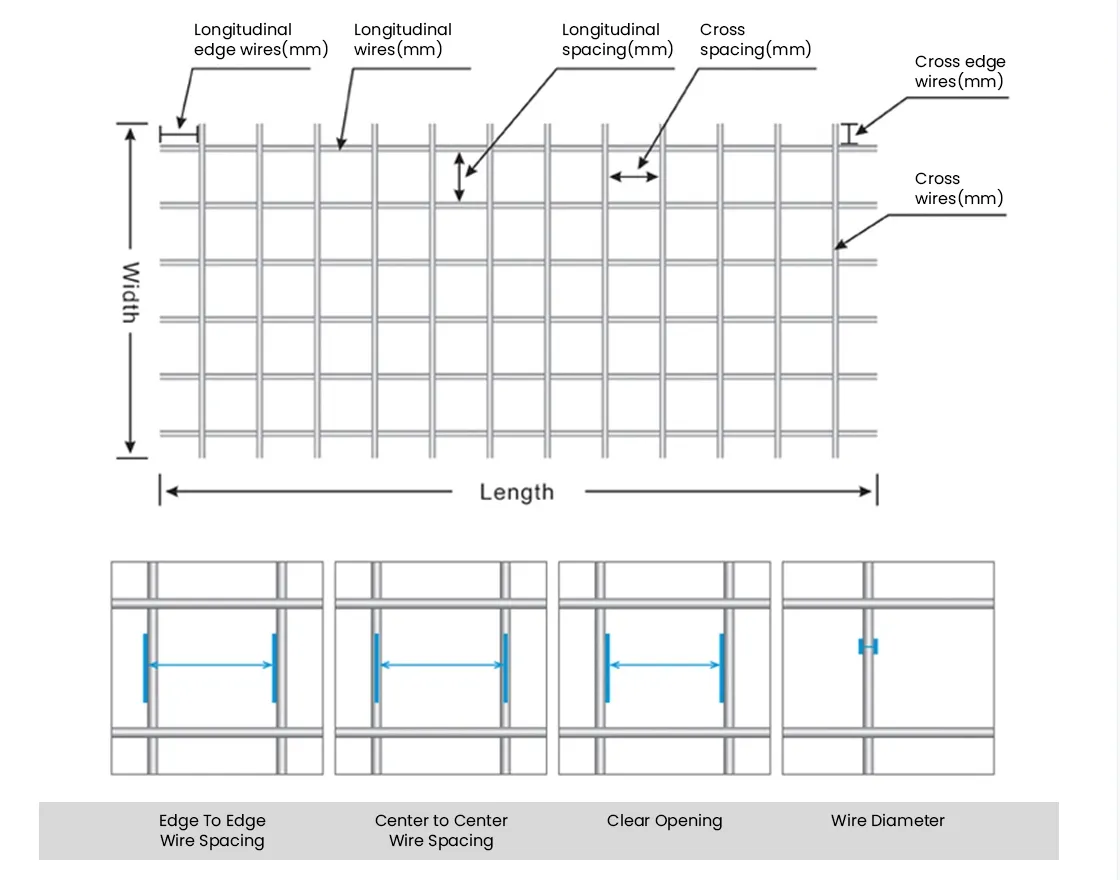Expanded Metal Mesh Standard Size Understanding the Basics
Expanded metal mesh has become a crucial material in various industries due to its unique properties and versatility. It is produced by cutting and stretching metal sheets, resulting in a mesh that features a series of diamond-shaped openings. This article will explore the standard sizes of expanded metal mesh, its applications, and the factors to consider when selecting the appropriate mesh for specific uses.
Standard Sizes of Expanded Metal Mesh
Expanded metal mesh comes in various sizes and thicknesses, catering to the diverse needs of its applications. The standard size of expanded metal refers to the dimensions of the mesh openings, the thickness of the metal used, and the overall panel size. Typically, expanded metal is classified into three categories based on the aspect ratio of the openings light-duty, medium-duty, and heavy-duty.
1. Light-Duty Expanded Metal This type generally features smaller opening sizes, ranging from 1/8 inch to 1/2 inch, with a thickness of around 0.025 to 0.070 inches. Light-duty expanded metal is often used for applications such as screens, guards, or decorative purposes.
2. Medium-Duty Expanded Metal The openings for medium-duty expanded metal usually range from 1/2 inch to 1 inch with a thickness of approximately 0.075 to 0.125 inches. This type is commonly applied in applications where moderate strength and support are required, such as walkways, grilles, and filtration systems.
3. Heavy-Duty Expanded Metal This variant is characterized by larger openings from 1 inch to over 2 inches and greater thickness, often exceeding 0.125 inches. Heavy-duty expanded metal is ideal for high-stress situations, such as platforming, catwalks, and structural applications where maximum durability is necessary.
Applications of Expanded Metal Mesh
The adaptability of expanded metal mesh allows it to be used across a diverse range of fields. Here are some common applications
- Construction Expanded metal is widely utilized in building facades, security fencing, and architectural features, providing both functional security and aesthetic appeal
.expanded metal mesh standard size

- Industrial In factories and warehouses, expanded metal mesh can be found in platforms, staircases, and walkways, offering safety and support while allowing for light and air to flow through.
- Automotive In the automotive sector, expanded metal is often used for heat shields, grilles, and other components requiring ventilation and lightweight strength.
- Arts and Crafts Artists and artisans often use expanded metal sheets for sculptures or design projects, capitalizing on its unique texture and form.
Considerations When Selecting Expanded Metal Mesh
When choosing the right expanded metal mesh, several factors must be taken into account
- Material Type Common materials for expanded metal include aluminum, steel, and stainless steel. The choice of material will depend on the application requirements, environment, and budget.
- Mesh Size Depending on your specific needs, consider the size of the openings, the thickness of the metal, and the overall panel dimensions. Ensure that the selected mesh meets the structural and aesthetic demands of the project.
- Finish Depending on exposure to elements, a protective coating such as powder coating, galvanization, or anodization may be necessary to enhance durability and prevent corrosion.
In conclusion, understanding the standard sizes of expanded metal mesh, its applications, and key selection criteria is essential for any project involving this versatile material. By considering the factors mentioned above, you can ensure that you select the ideal expanded metal mesh suited for your specific needs.
-
The Strength and Versatility of Aluminum Expanded Metal Mesh
NewsJun.10,2025
-
Safety Guards and Machine Enclosures Using Expanded Mesh
NewsJun.10,2025
-
Performance with Round Hole Perforated Mesh in Wall Panels
NewsJun.10,2025
-
How Steel Grating Trench Covers Distribute Weight Efficiently
NewsJun.10,2025
-
How Deck Mesh Railing Enhances Backyard Aesthetics
NewsJun.10,2025
-
Comparing Bar Thickness and Spacing in Steel Grating
NewsJun.10,2025
Subscribe now!
Stay up to date with the latest on Fry Steeland industry news.

